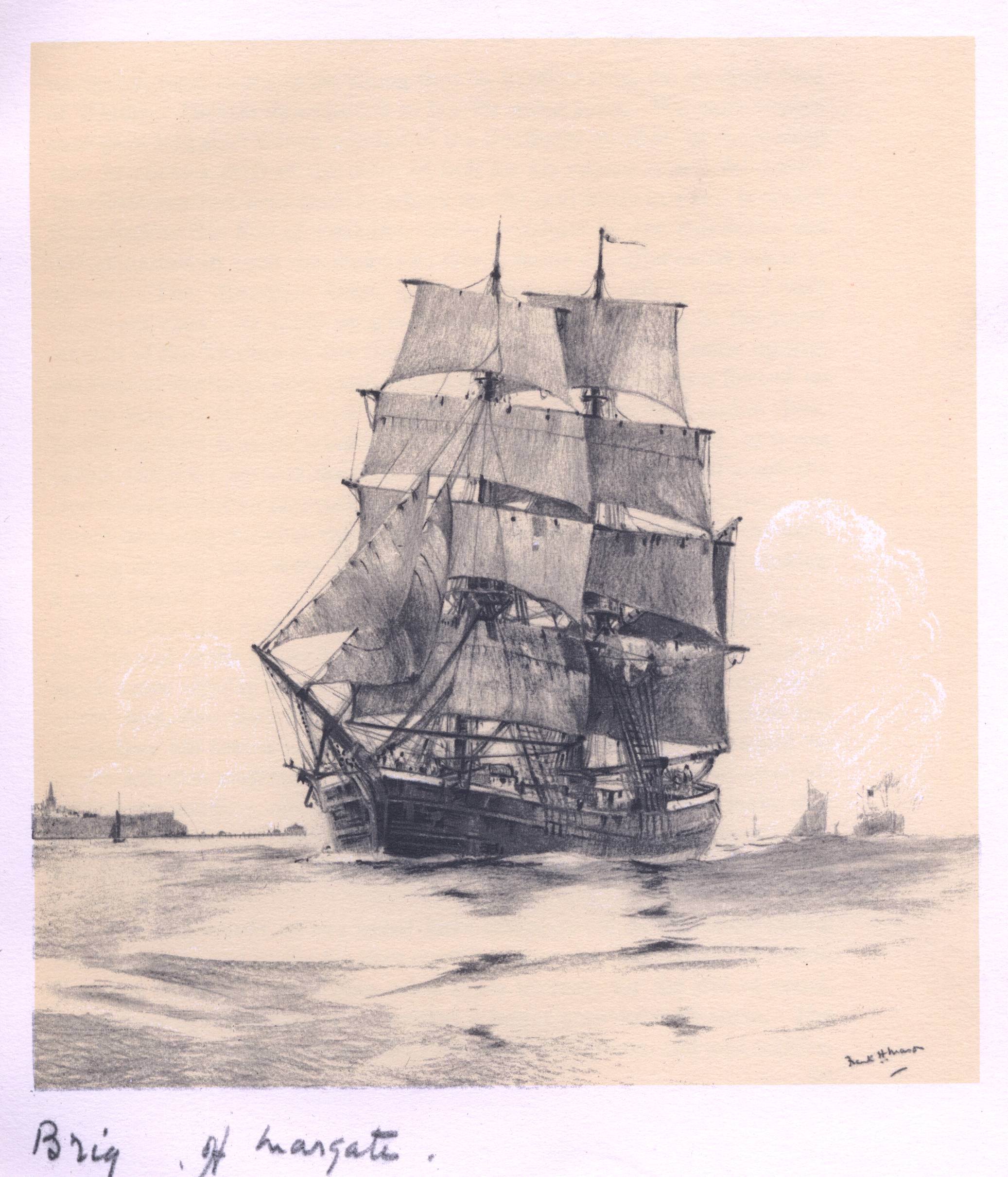Bentinck boom

The drawing reproduced here (click to enlarge) is by Frank Mason and can be found in Frank G.G. Carr's Vanishing craft (London, 1934.) The Bentinck boom can be clearly seen, together with it's bridle allowing easier handling, under the fore course (or foresail.)
Carr notes in his text: "Notice that the foot of the fore course is extended by a spar, which is called a 'bentinck-boom.' This was used in many small squareriggers on the coast to save the complication of hauling tacks and sheets as well as braces when going about in short boards, and was hauled up above the foreyard when the course was clewed up."
The boom is named after Captain (RN) John Albert Bentinck (29 December 1737 – 23 September 1775), who is also credited with Cole-Bentinck chain-pumps, Bentinck shrouds and the Bentinck sail. Adm. William Smyth, in his 1864 The Sailor's Word-Book descibes the Bentinck-boom as: "That which stretches the foot of the fore-sail in many small square-rigged merchantmen; particularly used in whalers among the ice, with a reefed fore-sail to see clearly ahead. The tack and sheet are thus dispensed with, a spar with tackle amidships brings the leeches taut on a wind. It is principally worked by its bowline."
It appears that this device was rarely, if ever, used on North American square riggers, its employment probably limited to British coasting vessels.
David R. MacGregor also mentions Bentinck booms in his Merchant Sailing Ships, 1815-1850: supremacy of sail (London, 1984.)
